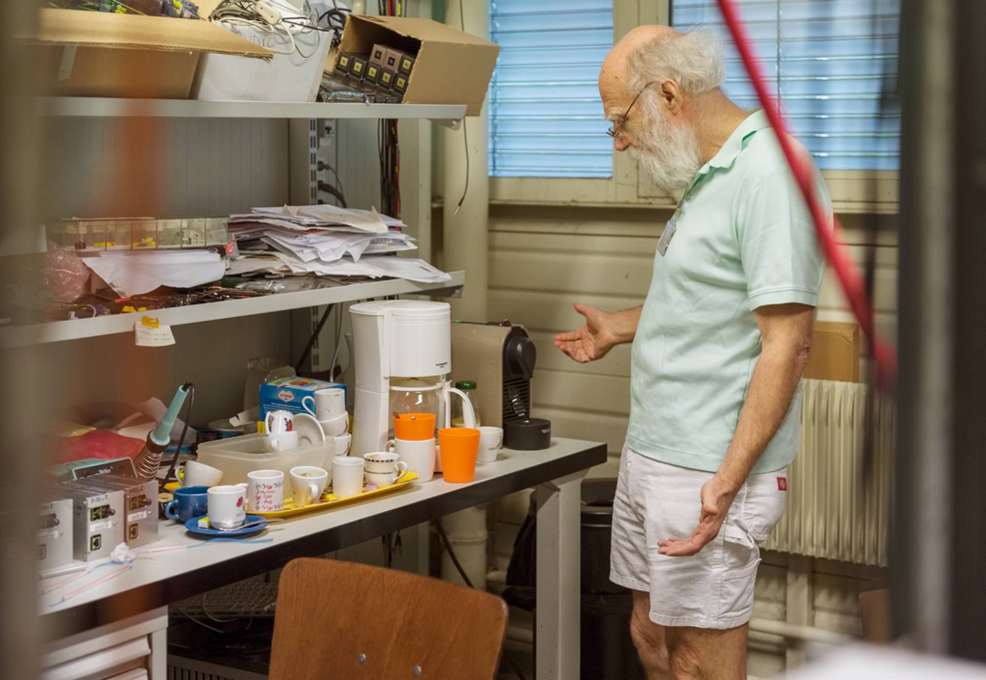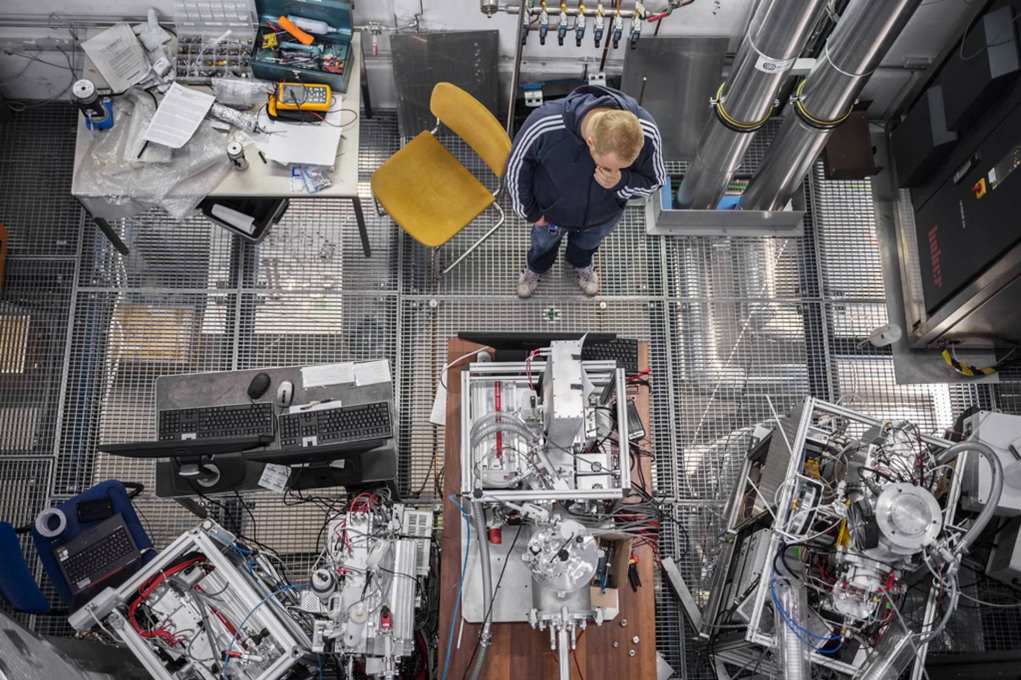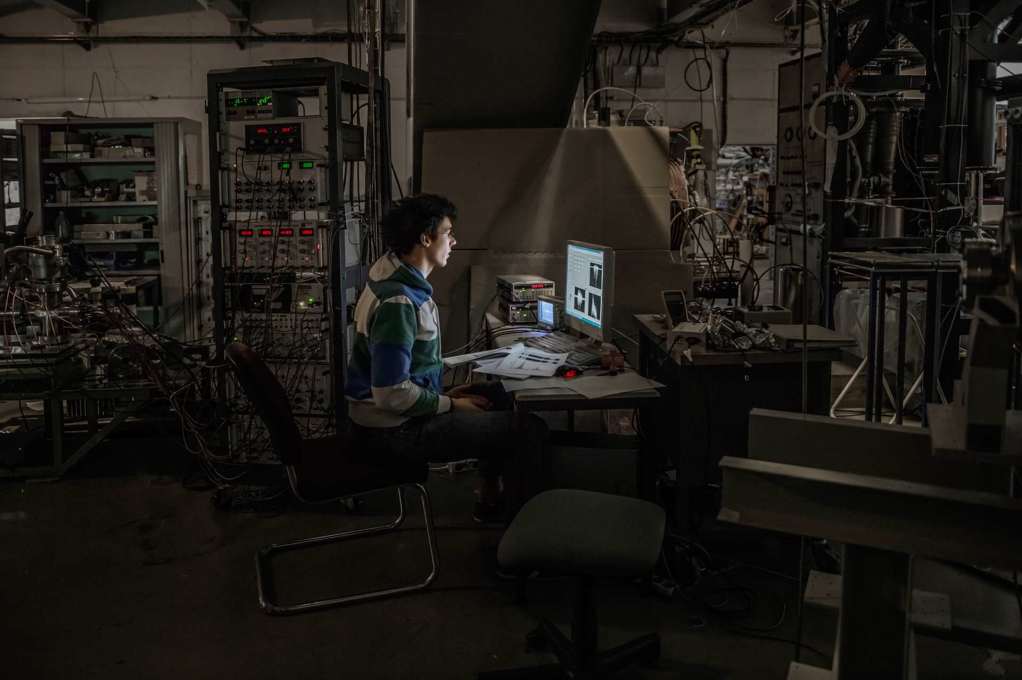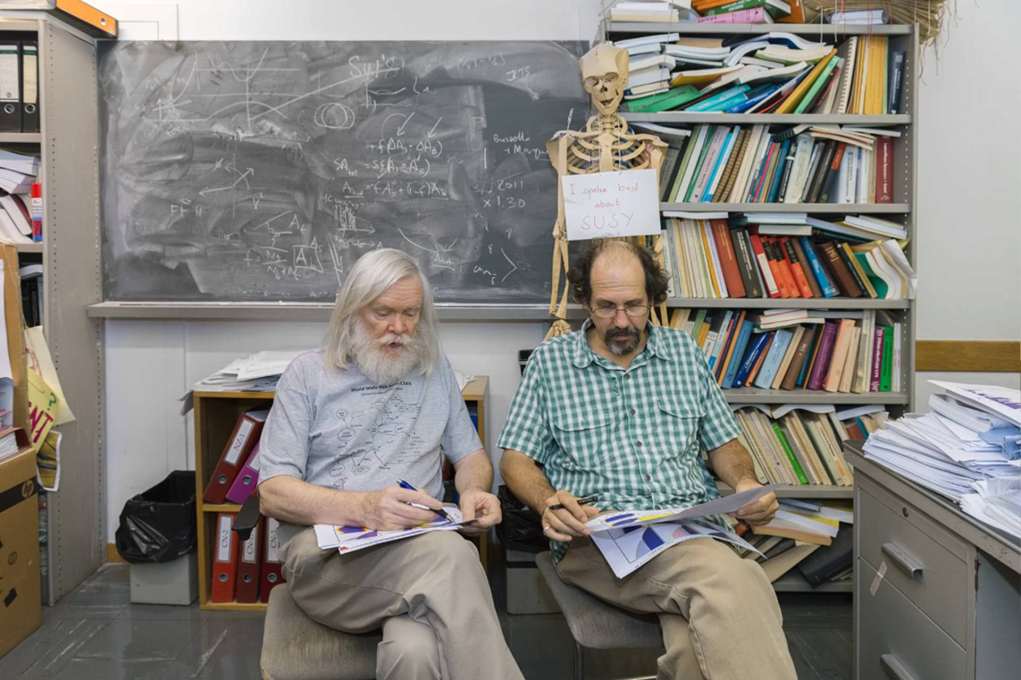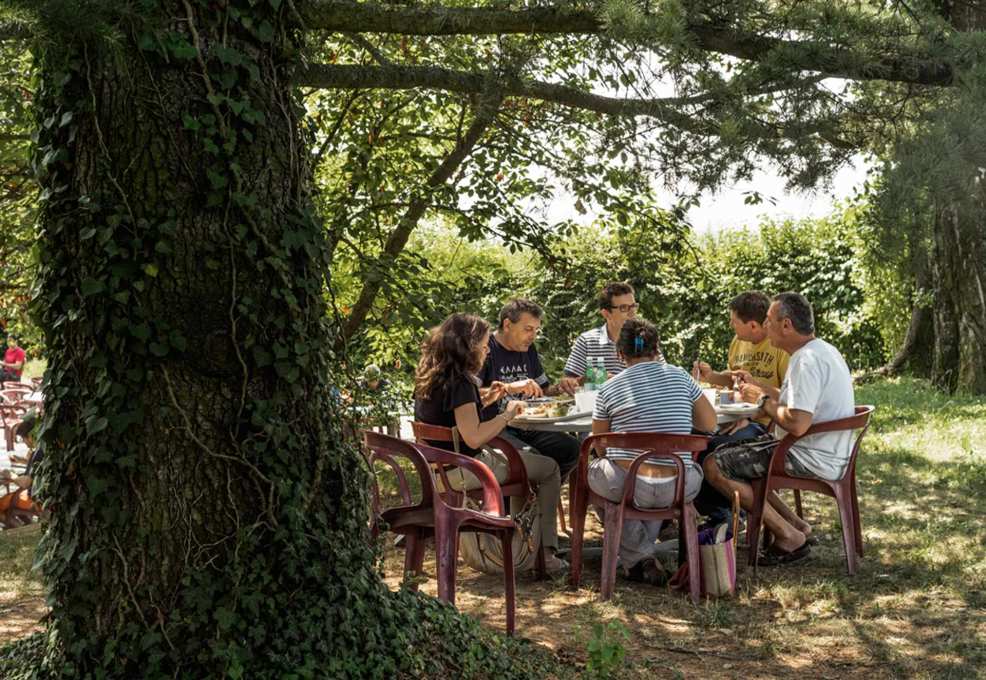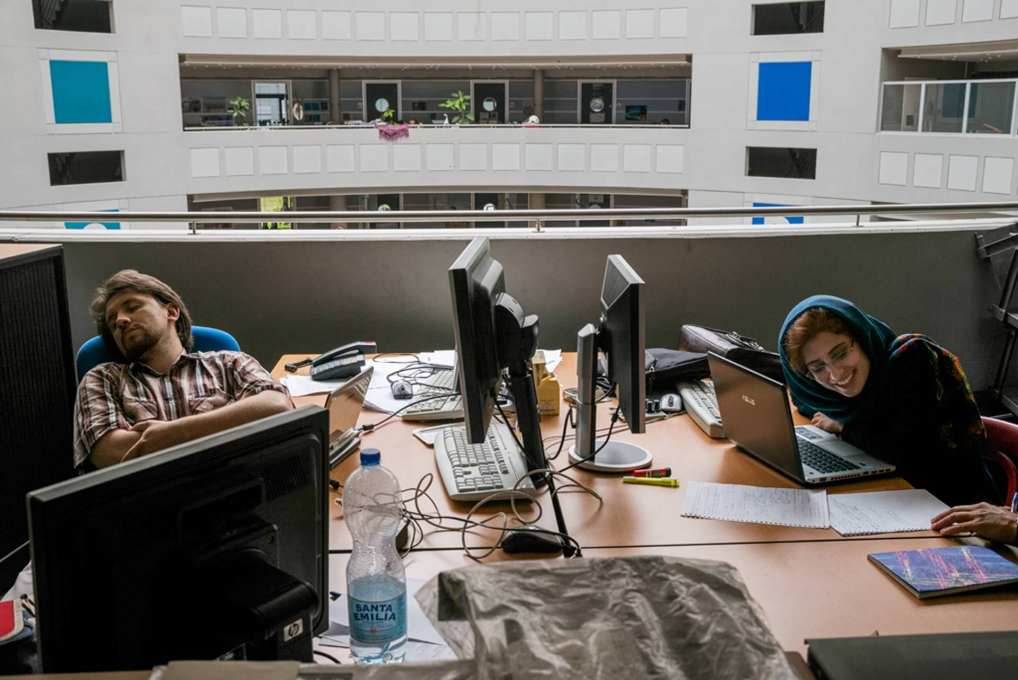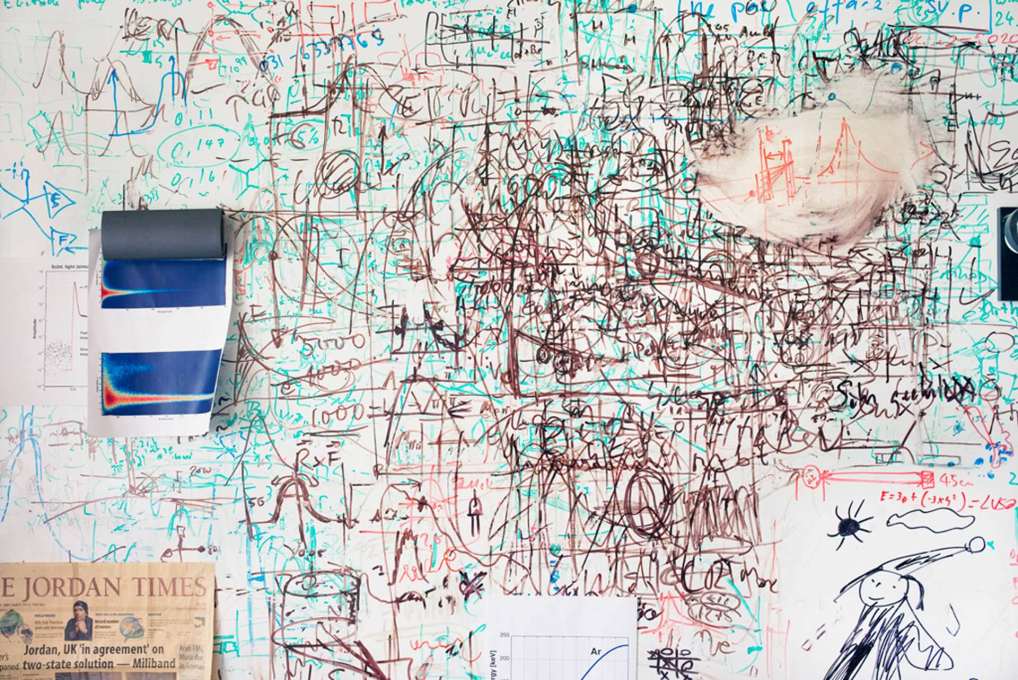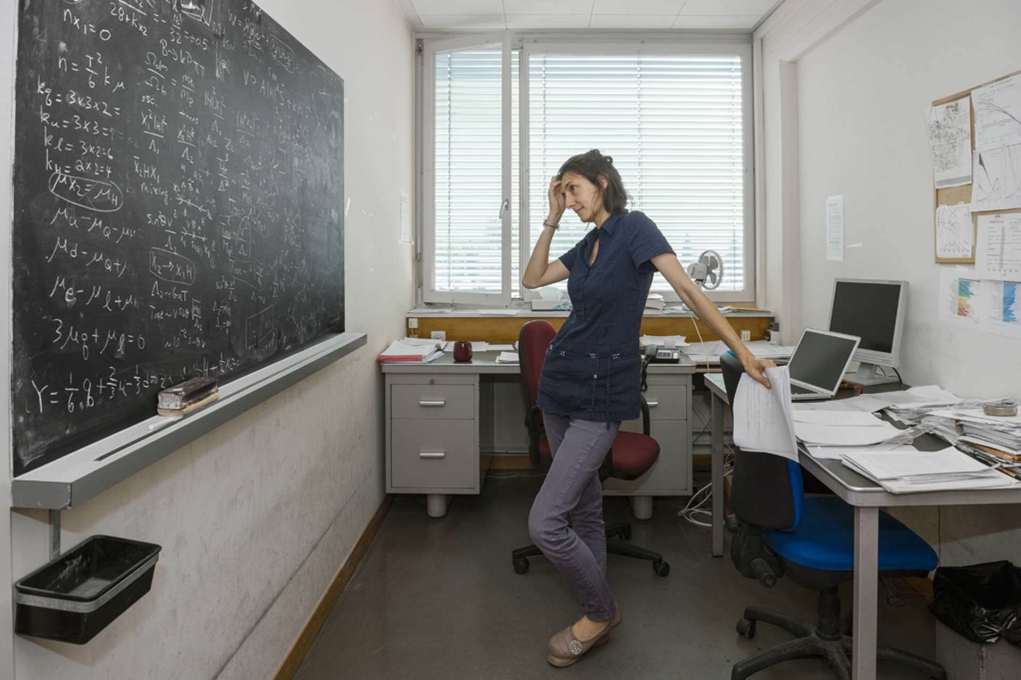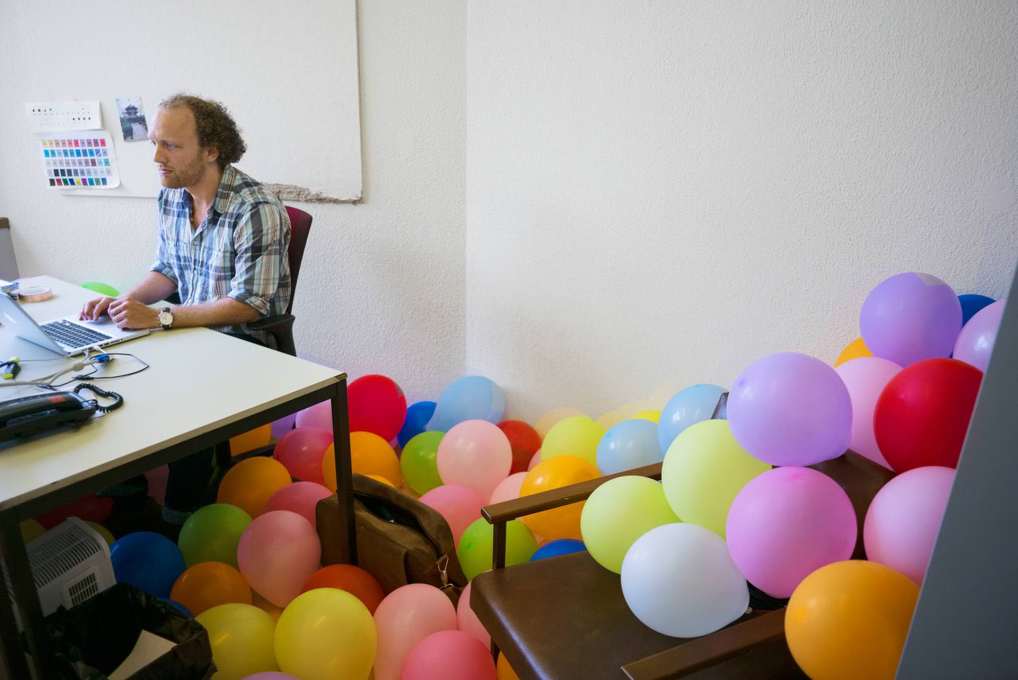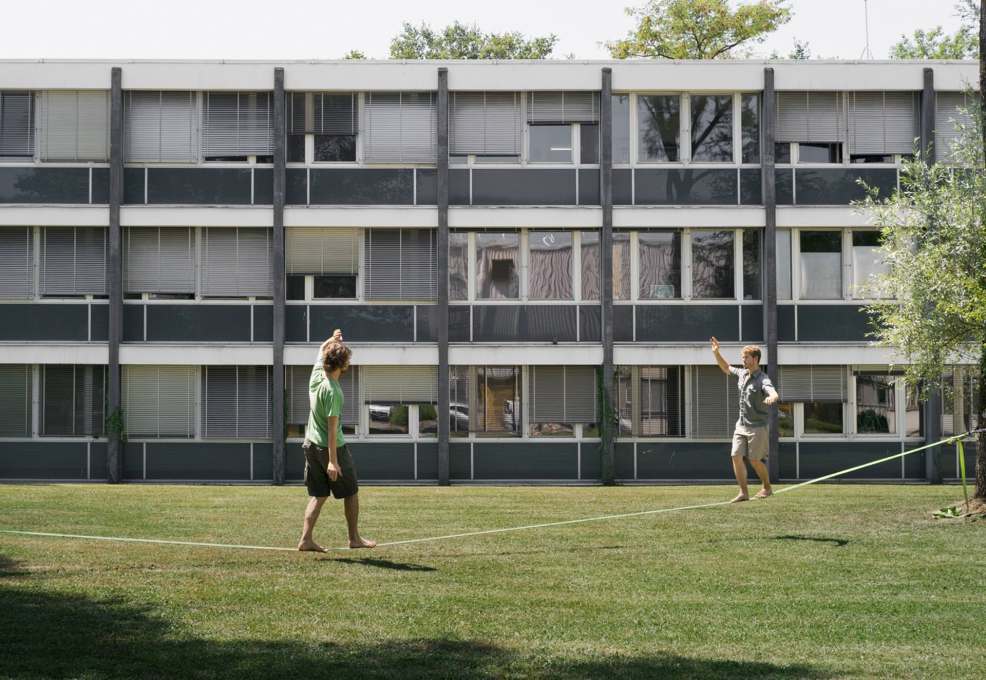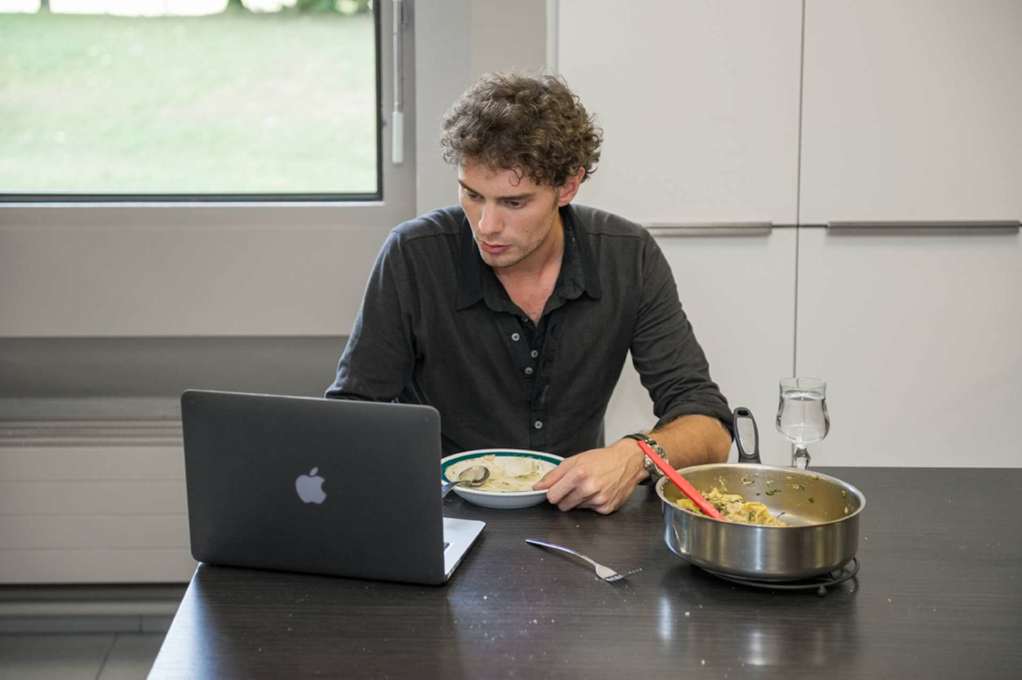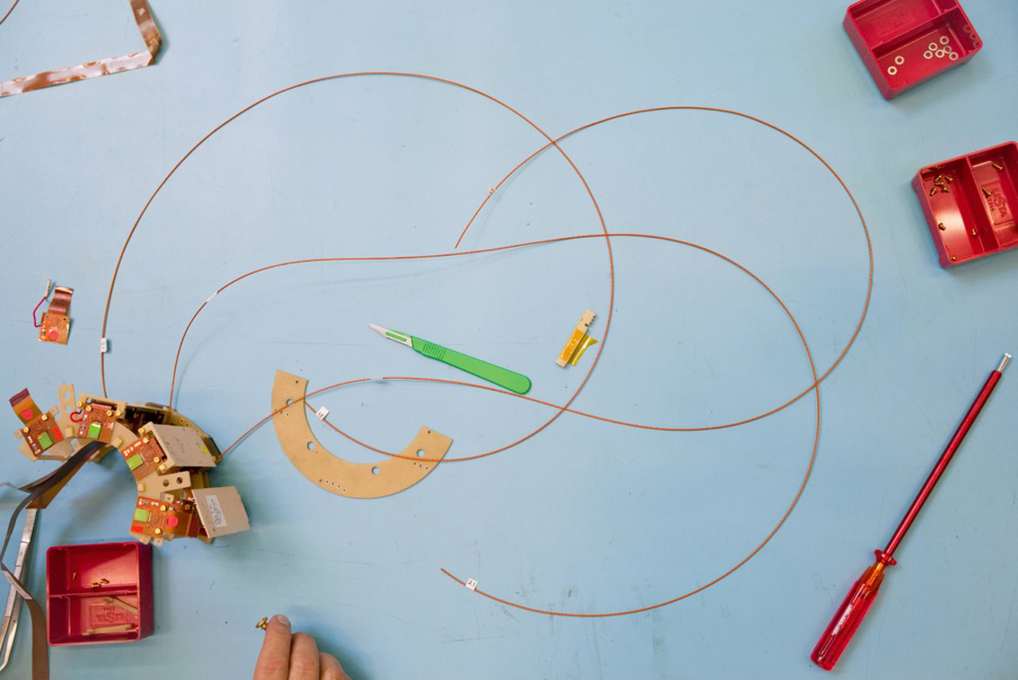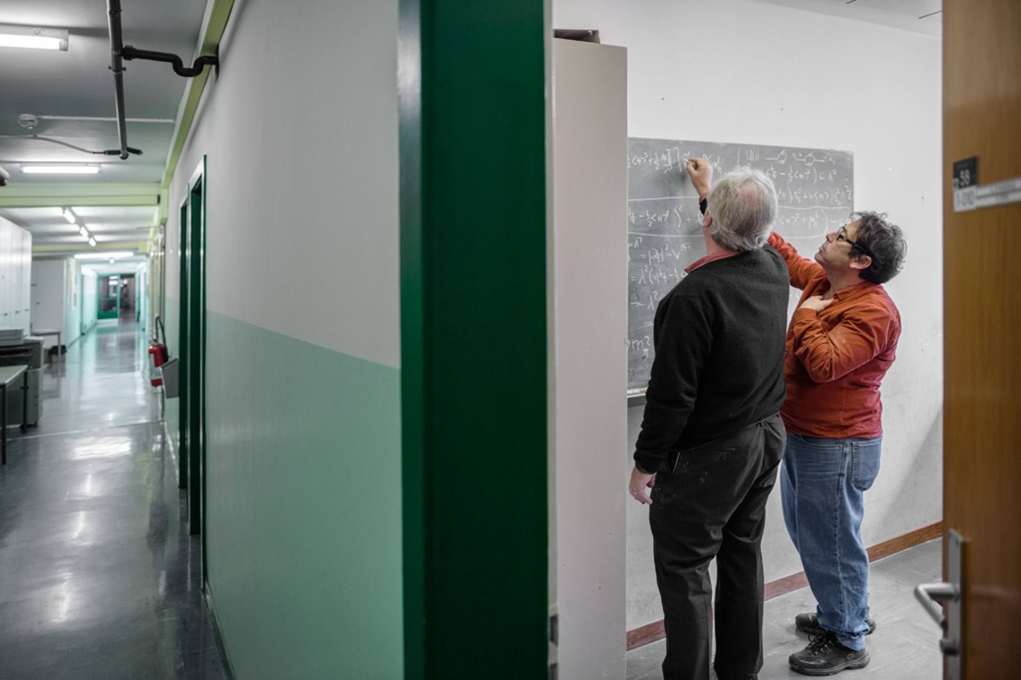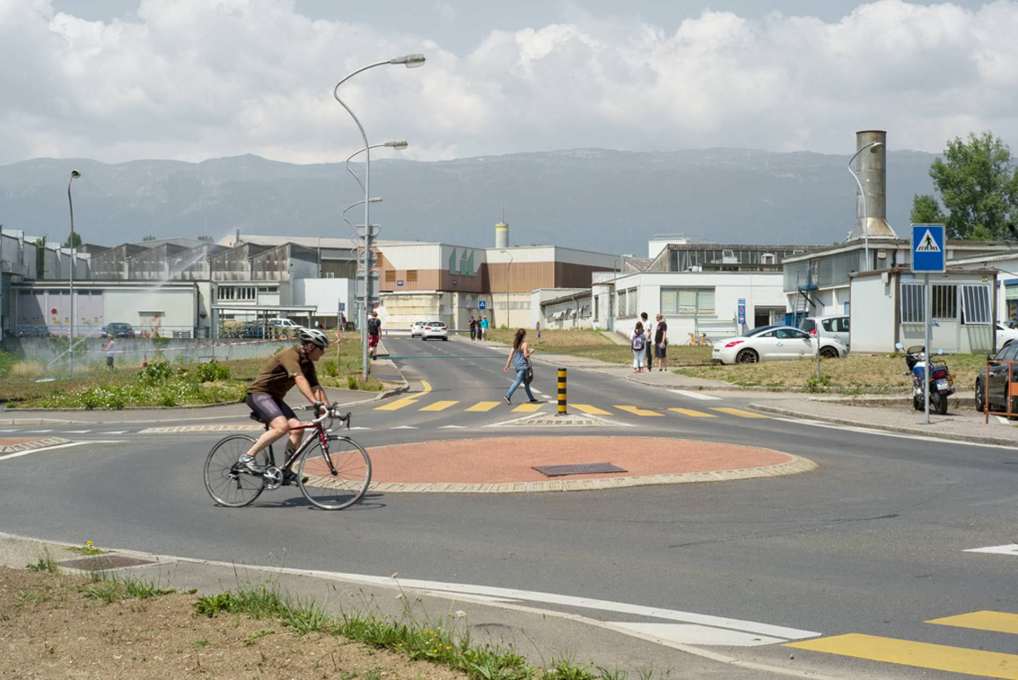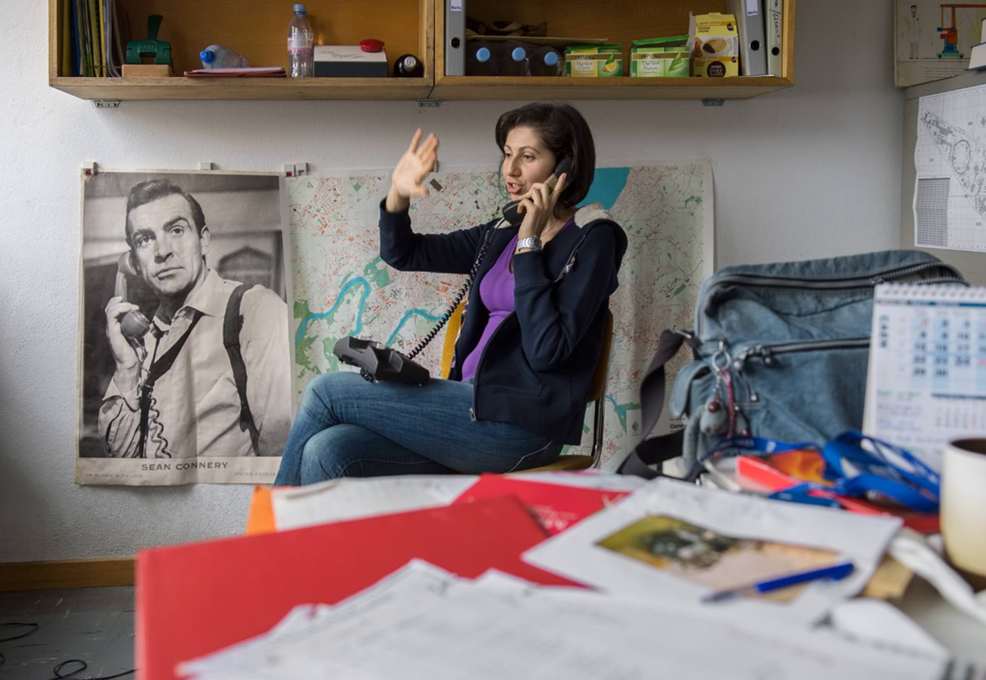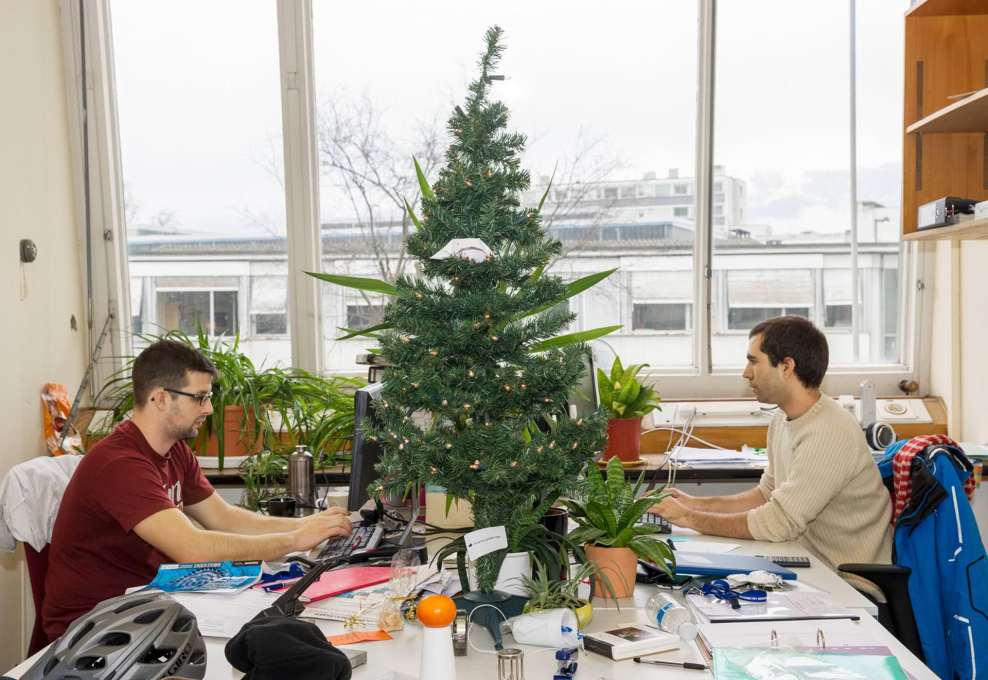For his new book, published in early 2014, Swiss photographer Andri Pol was granted access to the European Organisation for Nuclear Research’s inner sanctum near Geneva. His documentary images reveal fascinatingly intimate and surprisingly humorous insights into everyday life at nerd central. The CERN complex houses 2,500 employees dedicated to investigating the origin of matter and, by default, humanity’s most fundamental questions: What are we? Where are we going? Where do we come from? uncube’s Sophie Lovell talked to Pol about shooting in the home of the Higgs boson.
What drew you to the idea of documenting CERN in a book in the first place?
Pure curiosity: to learn about a place and people I neither knew nor understood. The editor Lars Müller and I talked about the places that a lot of people have heard of, but where most – myself included – don't know exactly what happens in them, what they look like and what kind of people work there.
Did it take long to set up and get access? I understand the people at CERN were very open and non-secretive…
At first we needed to persuade the General Director to agree to a project which would not only show the highly sophisticated technology underground, but also the people working in the buildings built in the ‘60s and ‘70s It was quite a contradiction, but he was keen on it, as were most people at CERN. Access was usually quite easy and people were mostly very helpful, but it nevertheless took a while to get to some of the more sensitive and restricted areas.
There is a great deal of humour in your images in the book – not something physicists tend to have a reputation for. How did you experience their sense of humour and attitude to life?
In my opinion researchers who wish to discover new things are not blinkered and stay creative. This manifests itself in their humour which can be very obstinate and quirky. And a lot of them are more than capable of laughing about themselves as well.
There is also a strong sense of everyday life in your images - water bottles, sandwich boxes, notes everywhere. One gets a sense of people completely lost in and devoted to their work – even down to the slightly nutty professor cliché. True?
These people are very proud to be working at CERN and totally commit themselves to it and to the equal exchange they have with their colleagues for as long as they are there. Everything else is secondary. Many of them are there for a limited amount of time. “Nutty” is in this respect the wrong expression, they are simply passionate people committed to devoting the majority of their energy and their knowledge to this unique experiment.
And then there is the stark contrast with all these billions of dollars worth of custom-made technical equipment - not to mention the vast Hadron Collider. But you have completely kept away from massive drama and scale in your images – this is not a shock and awe representation of CERN. One has the feeling of physics at a very human, almost at a domestic level. Its like all these brilliant minds are solving the riddle of our existence with rolls of gaffer tape, cans of WD40 and cups of over-brewed coffee. Is there a message in your demystifying approach?
Everything that is built at CERN is a prototype, there is nothing comparable anywhere else. That’s why they tinker around and experiment in their ateliers first before building something expensive underground. The end result is both technically and optically impressive but the way they get there is very mundane – resulting from collaborations between people from all over, who chuck all their knowledge into the pot, without thinking too much about money in the process. This impressed me a lot.
I have the feeling this book will be very successful. By representing science as a part of our lives rather that something higher level that we can never hope to understand you have touched a nerve. Have you considered turning this project into a series? If so where would you like to go next?
We have some ideas about extending this project elsewhere but at the moment it would be too early to let the cat out of the bag…
– Sophie Lovell
Inside CERN. European Organisation for Nuclear Research
Andri Pol and Lars Müller (eds.)
Lars Müller Publishers, 2014, English
ISBN 978-3-03778-262-0
www.lars-mueller-publishers.com




